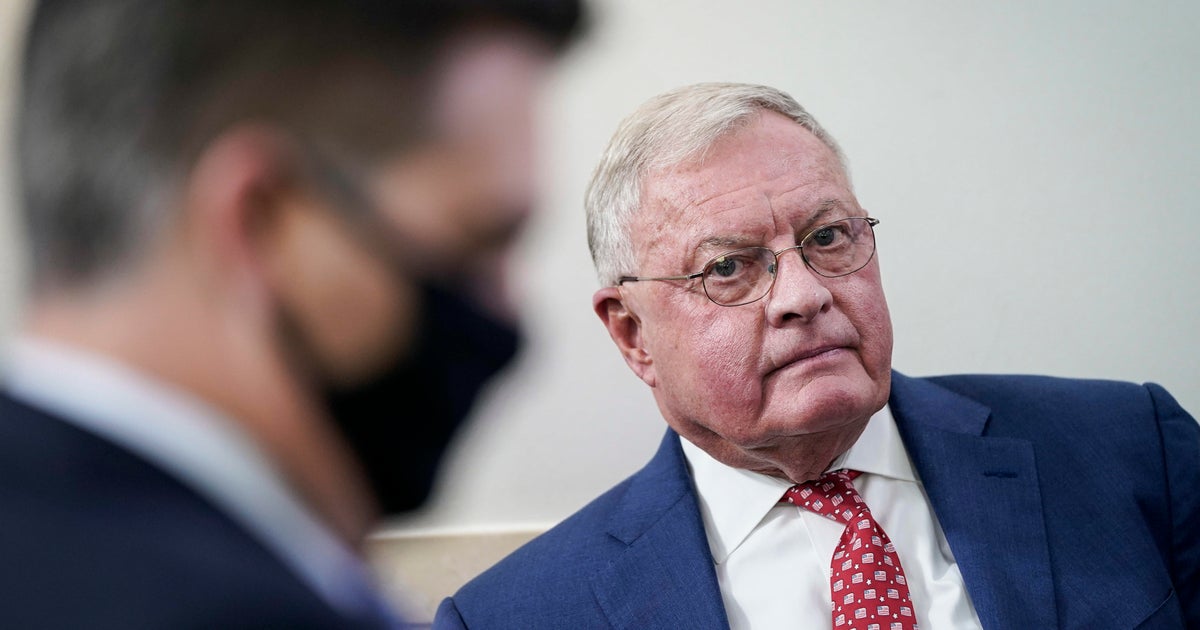SpaceX cargo ship brings coffee, ice cream, robot to space station
A SpaceX Dragon cargo ship carrying three tons of equipment and supplies, including super-caffeinated coffee, fresh fruit and ice cream bars for the astronauts, was attached to the International Space Station Monday after a problem-free three-day rendezvous. The delivery also included a robot called CIMON on a mission to serve as an "astronaut assistant."
The automated spacecraft, launched from Cape Canaveral Friday atop a SpaceX Falcon 9 rocket, pulled up to within about 30 feet of the space station early Monday and then stood by while astronaut Ricky Arnold, operating the lab's robot arm, locked onto a grapple fixture at 6:54 a.m. EDT (GMT-4).
Flight controllers at the Johnson Space Center in Houston took over arm operations at that point, remotely pulling the Dragon in for berthing at the forward Harmony module's Earth-facing port, a process that took about three hours. Motorized bolts in the docking mechanism then drove home, creating an airtight seal and firmly locking the spacecraft in place.
While spare parts, critical research supplies and equipment are the primary items on the manifest, NASA always sends along fresh fruit and a few other treats for the crew. This time around, the astronauts could expect Texas blueberries, ice cream bars and fresh coffee.
"We like to keep our astronauts super caffeinated because they work harder then," joked Kirk Shireman, manager of the space station program at the Johnson Space Center in Houston. "I actually tried some of the coffee (before launch) and I enjoyed it, I'll just say that. I'm not endorsing any product!"
He said food was an important psychological factor because the astronauts live in a closed environment with a menu that basically repeats every week or so.
"It sounds strange, but to actually smell fresh food in particular, and things like fruit and vegetables, are really, really welcome treats," Shireman said. "We're flying up Texas blueberries on this flight, among other things. We don't tell the crew, but there are some frozen treats that will be up there as well, a few ice cream bars."
Only a very few, he said, because freezer space in the Dragon is at a premium and mostly used to send up refrigerated biological samples and material. Regardless of the quantity, "having something different is a treat, very important psychologically," Shireman said.
"The crew's going to be opening up and eating blueberries, drinking coffee and eating ice cream before you know it," he added. Hatches were scheduled to be opened Tuesday.
The Dragon's pressurized compartment, the section accessible to the crew, was packed with 3,770 pounds of equipment and supplies, including a complement of lab rats, medical research and a basketball-size "floating brain" with a TV monitor face that will use IBM's Watson artificial intelligence technology to serve as an astronaut's assistant.
The robot called CIMON (pronounced Simon), which stands for "Crew Interactive Mobile CompanioN." It features multiple built-in microphones, speakers and video cameras, and a propulsion system enabling it to autonomously move around inside the European Space Agency's Columbus module.
Developed by Airbus and IBM for the German space agency, CIMON can recognize faces, multiple voices and accents and has been programmed with a personality of sorts. It speaks with the same voice familiar from Watson's stint on the Jeopardy game show.
The Dragon's unpressurized trunk section was loaded with a spare grapple fixture, or "hand," for the station's robot arm and a research instrument to measure stresses on vegetation. Both components, totaling 2,170 pounds, will be extracted by the arm and mounted on the station's exterior later.
This was the 15th operational station resupply mission carried out by SpaceX. The company holds contacts valued at more than $3 billion for 20 space station resupply flights and a $2.6 billion contract with the space agency to build and launch a piloted version of its Dragon capsule to ferry astronauts to and from the lab complex.
SpaceX also recently won a second long-term station resupply contract, with an unspecified value, for another half-dozen resupply missions through 2024. Those flights will use the Dragon 2 crew ship with seats and consoles removed to make way for cargo.





